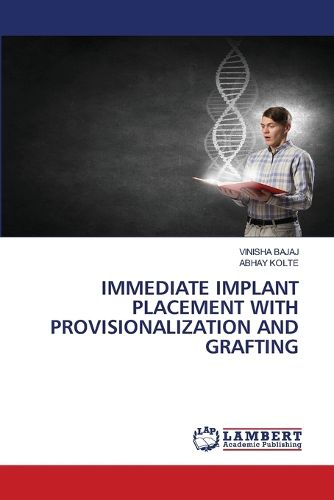Readings Newsletter
Become a Readings Member to make your shopping experience even easier.
Sign in or sign up for free!
You’re not far away from qualifying for FREE standard shipping within Australia
You’ve qualified for FREE standard shipping within Australia
The cart is loading…






One of the most effective treatments for a failing tooth is replacement with an implant. Current research focuses on optimizing the maintenance of both soft and hard tissues around implants. Immediate implant placement, which involves inserting an implant immediately after tooth extraction, is becoming increasingly popular due to patient demand for quick results and improved aesthetic outcomes.The timing of implant placement-categorized as immediate, early, or late-can impact both soft and hard tissues, influencing long-term success and patient satisfaction. Immediate implant placement, first pioneered in the 1970s, involves placing the implant in the socket immediately after extraction, reducing overall treatment time and preserving the alveolar ridge. However, this technique may require bone grafting to fill the space between the implant and the socket wall, known as the "Jump Space." The use of bone grafts, especially autologous materials or alternatives like allografts, helps enhance bone regeneration and stability.
$9.00 standard shipping within Australia
FREE standard shipping within Australia for orders over $100.00
Express & International shipping calculated at checkout
One of the most effective treatments for a failing tooth is replacement with an implant. Current research focuses on optimizing the maintenance of both soft and hard tissues around implants. Immediate implant placement, which involves inserting an implant immediately after tooth extraction, is becoming increasingly popular due to patient demand for quick results and improved aesthetic outcomes.The timing of implant placement-categorized as immediate, early, or late-can impact both soft and hard tissues, influencing long-term success and patient satisfaction. Immediate implant placement, first pioneered in the 1970s, involves placing the implant in the socket immediately after extraction, reducing overall treatment time and preserving the alveolar ridge. However, this technique may require bone grafting to fill the space between the implant and the socket wall, known as the "Jump Space." The use of bone grafts, especially autologous materials or alternatives like allografts, helps enhance bone regeneration and stability.